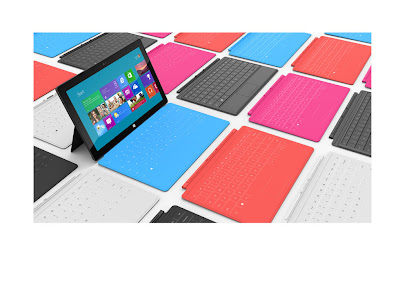
Apple says that in iOS 6 FaceTime not only works over WiFi, but also over cellular networks, “so you can make and receive FaceTime calls wherever you happen to be.”
That’s all fine and dandy, except not all carriers might be ready to allow such traffic on their airwaves, according to an analysis by MarketWatch. The market research firm notes that none of the iPhone carriers in the US were willing to comment on the matter, except one spokesman from AT&T who said the operator was "working closely with Apple on features disclosed for iOS 6, and we'll share more information with our customers as we get closer to launch." That pretty much sounds like there will at least be extra charging for this feature, if it even gets...



 6/20/2012 08:12:00 PM
6/20/2012 08:12:00 PM
 dannzfay
dannzfay






















